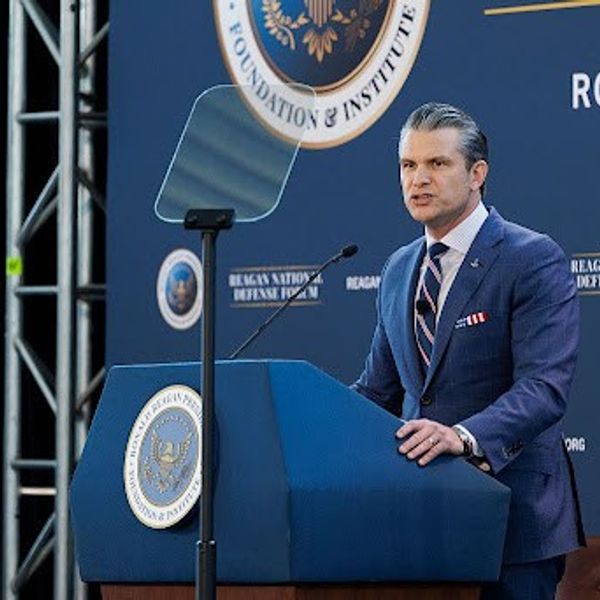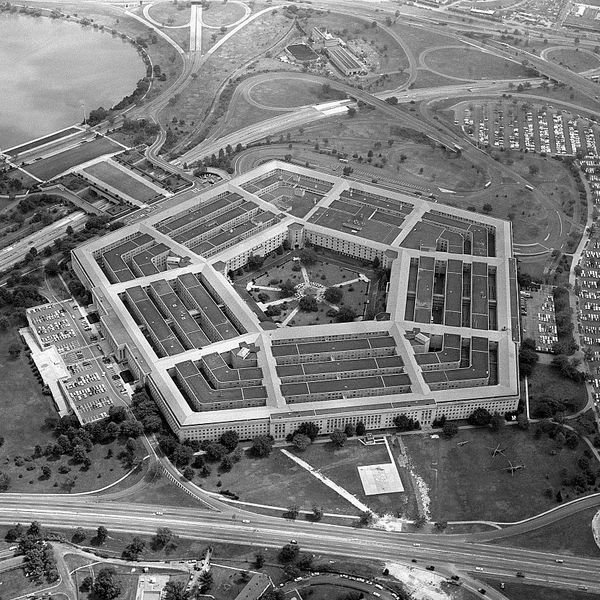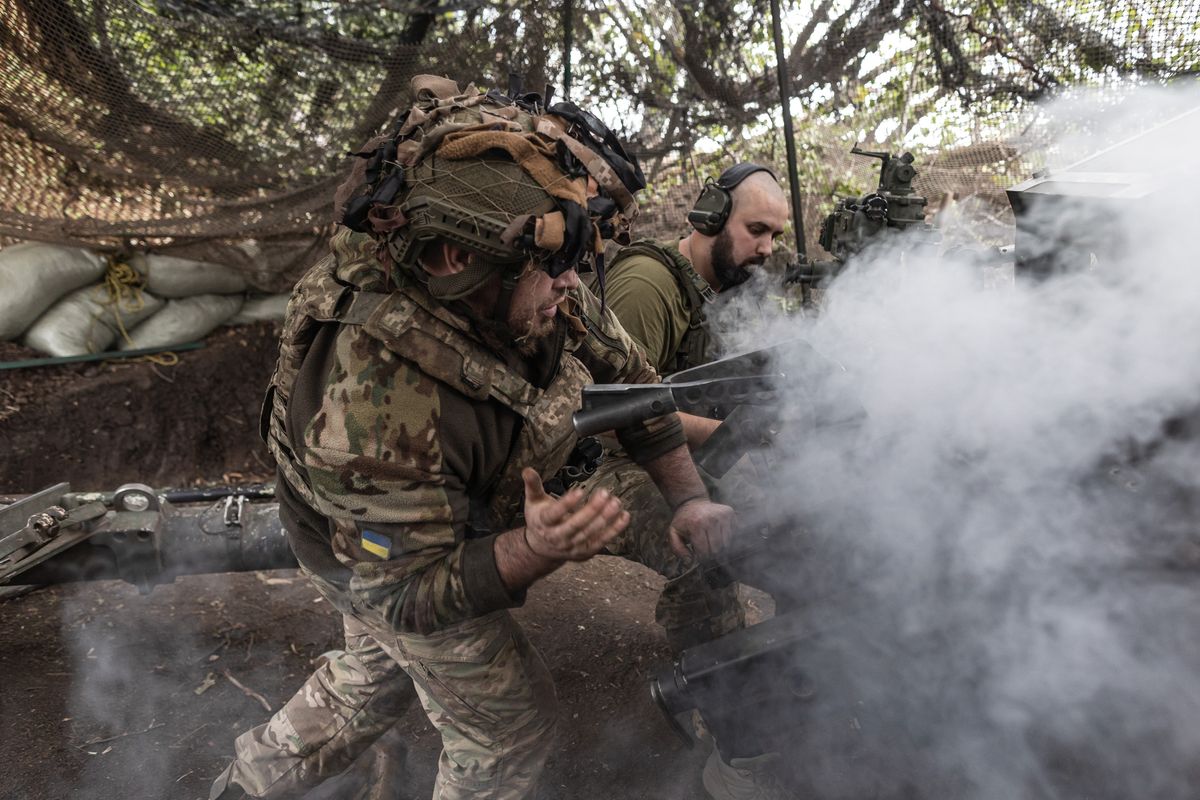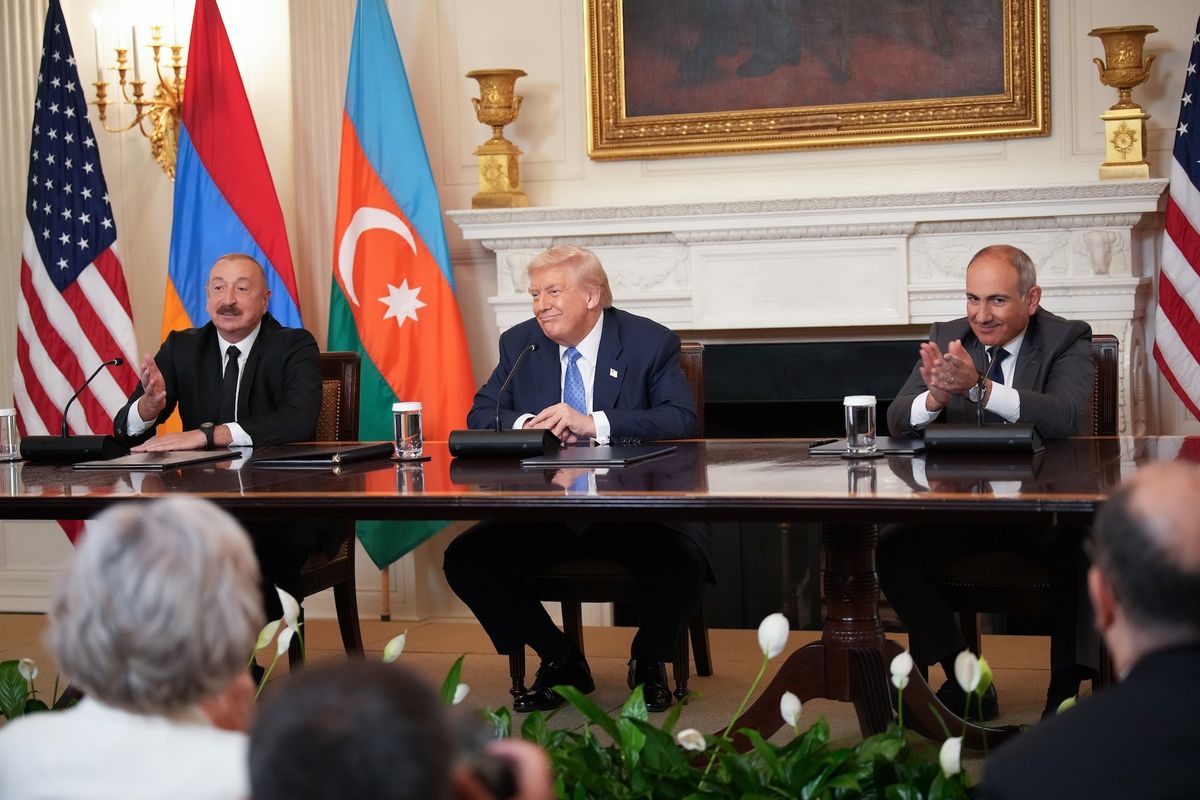Immediately following President Donald Trump's speech on Afghanistan last Monday, the gears of the U.S. foreign policy machine began to turn, and experts analyzed what the President’s statement meant for troop numbers, the scope of those troops’ mission, and whether this new approach differed from that of Trump’s predecessors. The Cipher Brief’s Callie Wang spoke with former Acting Director of the CIA Michael Morell about the reaction to the speech – and what’s missing in the discourse.
The Cipher Brief: After the President’s speech on Afghanistan last week, expert reaction ranged from “this is a game changer” to “this is just more of the same.” What do you make of the disparity, and why do you think it was possible for so many to read the speech so differently?
Michael Morell: Over the last week, I read most of the commentaries on the President’s decision with regard to Afghanistan, and I found them to be quite interesting. Two broad points. First, there was near uniformity of view on a couple of issues: a) The President’s decision not to withdraw our troops was the right move, as a withdrawal would, with high probability, lead to a Taliban takeover of the country, safe havens for al Qaeda and ISIS, and a significant increase in the terror threat to the Homeland; and b) another large surge in U.S. troops and a return to the U.S. taking the lead in the fighting both does not make sense strategically nor is it possible politically here at home. That was never really an option.
Second, there was deep division over whether Trump’s strategy would change the fundamental dynamic at play here – that, if we leave, the Taliban win. One view – what I call “don’t lose but can’t win” – is that, while a small increase in troop levels was necessary given the situation, there is little to nothing new in the President’s strategy; it is essentially what we have tried before, and we should not expect any better strategic results. Stalemate is as good as it is going to get, and we may have to be there for a very long time. Another view is that we finally have the necessary commitment and path forward to lead us to a much better outcome. In fact, we get can get beyond stalemate to victory. We can leave someday without a Taliban takeover.
New York Times columnist Brett Stephens, in a piece published late last week, perhaps best exemplified the former view, and former Vice Chief of Staff of the Army, General Jack Keane’s piece in the Cipher Brief last Tuesday was a great example of the latter perspective.
It would be easy to chalk up this sharp divergence to politics – whether one does or does not like the President or whether one did or did not like President Obama – but I think that would be wrong. I believe that the biggest sources of the gap are the lack of clarity from the President on the specifics of the strategy – how many more troops exactly, what will they do specifically, what is expected of the Afghan government, how are we going to get them to do that, how exactly are we going to change the policy of the Pakistanis with regard to their support for the Taliban, what do we about the destabilizing role that Iran and Russia are playing in the country, and, importantly, what difference will a conditions-based approach to leaving versus a time-based approach have on the dynamic?
On the latter question, many point out that the Taliban can no longer be sure that they can simply wait us out. Others agreed but pointed out that the impact of that will probably be minimal on what the Taliban actually does – they will continue to fight, as this is an ideological fight for them. Compromise is not part of their vocabulary. Still others argued that the open-ended commitment eases pressure on the Afghan government to get its act together.
Given all of this, it is no wonder that so many commentators came out in different places on the strategy.
TCB: So the speech laid out President Trump’s overarching strategy and intent for the U.S. fight in Afghanistan. As this policy develops, what do we know about how that intent will be translated into action on the ground?
Morell: I think now, a week after the President’s speech, we do have more – but not complete – clarity on the specifics of the strategy. Based largely on public comments of U.S. officials closest to the fight – primarily General Nicholson, the senior U.S. commander in Afghanistan, we know that the additional U.S. troops are already flowing to Afghanistan, we know that most of these will be added to the train, advise, and assist mission (with a smaller number being added to the counterterrorism mission). We also know that the additional troops will be used to advise and assist at smaller unit levels – possibly down to the brigade and battalion level. We also know that more U.S. airstrikes are planned against the Taliban, with targeting provided by the more embedded U.S. advisors, and that we will increasingly rely on Afghan special forces.
In addition, we know that, contrary to what the President said in his speech, the U.S. strategy is to indeed bring the Taliban to the negotiating table. General Nicholson told the media late last week that he was “determined to pursue the goal of a political settlement. As these terrorist groups realize that they cannot win, they will see that their best option is to pursue peace.” Other senior U.S. officials have made this similar point over the past week.
TCB: One element of the speech was seemingly putting key actors “on notice” about their Taliban-enabling behavior in Afghanistan. Do you think the President identified the correct obstacles to success and do you think the U.S. will be able to change those behaviors?
Morell: It was good to see, in all the commentaries, a robust discussion about what I see as two of the most important issues that have held us back for so long in Afghanistan – Afghan government corruption and the Taliban’s safe haven in Pakistan.
On corruption, there was a consensus that long-term stability in Afghanistan is simply not possible without improved governance – with a focus on reduced corruption. The already extensive corruption that has plagued the country has become worse in recent years. Corruption undermines the effectiveness of the security forces (commanders create shadow troops and pocket the salaries, for example), and it plays into the Taliban’s hands. Indeed, many Afghans accept Taliban rule in part because its system of government, while medieval, is at least just and predictable. They don’t tolerate corruption, particularly the kinds that prey on individual people. There was no consensus at all, however, that the Afghan government would fix its corruption problem anytime soon.
There was a similar discussion with regard to Pakistan. Some commentators pointed out that the U.S. has considerable leverage with the Pakistanis – including U.S. economic and security assistance and Pakistan’s status as a major U.S. non-NATO ally. Others have pointed out that withdrawing smaller amounts of aid in the past have not changed Pakistani behavior; that Pakistan’s dependence on the U.S. has declined in recent years, as its ties with China have expanded; that Pakistan also has leverage over the U.S., as the U.S. uses Pakistani airspace for resupply flights for our forces in Afghanistan; and that there is a considerable risk that using our leverage could destabilize a country that has a serious extremist problem and nuclear weapons. It was good to see all these issues discussed.
What we don’t know is if the Administration has found a new way to manage its way through all this.
TCB: What’s missing in the policy discussion right now?
Morell: I did not see any commentary on what is likely to be the Taliban’s strategy - at least in the short to medium term – which will almost certainly be to raise the costs to the U.S. of the President’s decision. The Taliban will redouble its effort to conduct a catastrophic attack on U.S. forces – to send home a large number of U.S. soldiers in body bags. The Taliban will calculate that doing so could change the politics in the U.S. with regard to the President’s decision. As a result, protection of U.S. forces will take on an even more important priority.
TCB: What else should be kept on the radar?
Morell: One final thought: I thought the President did an excellent job outlining for the American people why we needed to stay in Afghanistan by connecting it to the threat to the Homeland. He explained why it mattered to ordinary Americans. I think he was convincing on that. I think this is an important model for other Administration officials.
Late last week, Secretary of Defense Mattis, for whom I have the highest regard, spoke publicly in Ukraine about our strong support for Ukrainian independence, but he did not finish the thought and explain why that matters to Americans across the country. At a time when so many Americans are questioning our role in the world, such explanations are necessary - even vital.














